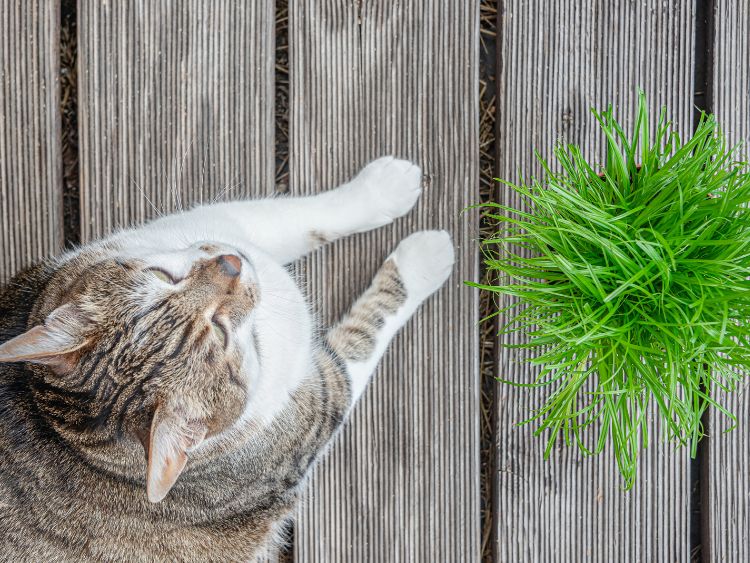Have you ever spotted a cat that seems to belong to no one, wandering the streets or lurking around your backyard? That’s likely a feral cat, a creature both mysterious and misunderstood. Diving into the world of feral cats opens up a fascinating chapter on animal behavior, one that’s full of surprises and insights. This article, crafted with expertise, aims to shed light on understanding feral cat behavior, offering a comprehensive guide to these independent felines.
The Wild World of Feral Cats
Feral cats lead lives that are vastly different from our beloved domestic pets. They’re the product of a domestic cat’s return to the wild, surviving without direct human interaction. Understanding feral cat behavior is crucial for managing their populations and living harmoniously with them.
Origins and Lifestyle
- Survival Instincts: Feral cats are masters of survival, relying on their instincts to hunt, evade predators, and navigate their territories.
- Territorial Nature: They establish and defend territories, often forming colonies around food sources.
- Social Structure: Contrary to popular belief, feral cats can form complex social structures within their colonies.
Understanding Their Behavior
- Skittishness and Fear of Humans: Feral cats view humans as potential threats, preferring to keep their distance.
- Nocturnal Activities: They are primarily active at night, hunting and exploring while we sleep.
- Communication: Through body language and vocalizations, feral cats communicate with each other and express their emotions.
Health and Welfare
- Population Control: Trap-Neuter-Return (TNR) programs are humane ways to manage feral cat populations.
- Healthcare Challenges: Providing healthcare to feral cats requires innovative approaches, including vaccination baits and mobile clinics.
Coexistence Tips
- Feeding: If you choose to feed feral cats, do so responsibly by establishing a routine and not encouraging dependence.
- Shelter: Offering shelter can be a lifeline during extreme weather, but it’s important to place shelters strategically to avoid conflicts.
Frequently Asked Questions
Q: Can feral cats become pets? A: While young feral kittens can often be socialized and adopted, adult feral cats are usually too accustomed to wild life to adjust to living indoors as pets.
Q: How can I tell if a cat is feral? A: Feral cats are typically more elusive and avoid direct human contact, unlike stray cats that may seek out human interaction.
Q: What should I do if I find a feral kitten? A: Feral kittens can often be socialized and adopted into homes if they are caught young enough. Contact a local rescue organization for guidance.
Summary
Understanding feral cat behavior enriches our knowledge of the natural world and enhances our ability to coexist with these independent creatures. From their survival tactics to their complex social structures, feral cats embody the spirit of the wild that thrives in our midst. By appreciating and respecting their behavior, we can foster a more harmonious relationship with these fascinating animals. Whether you’re a concerned citizen or a dedicated caretaker, embracing the challenge of understanding feral cat behavior can be a rewarding journey into the heart of animal behavior.

